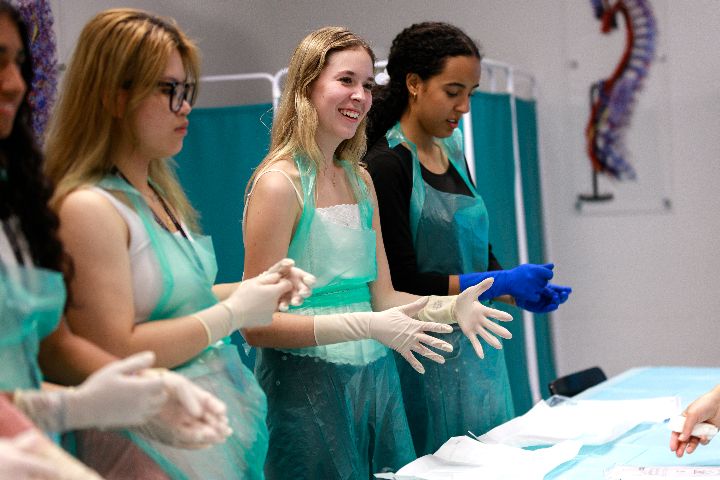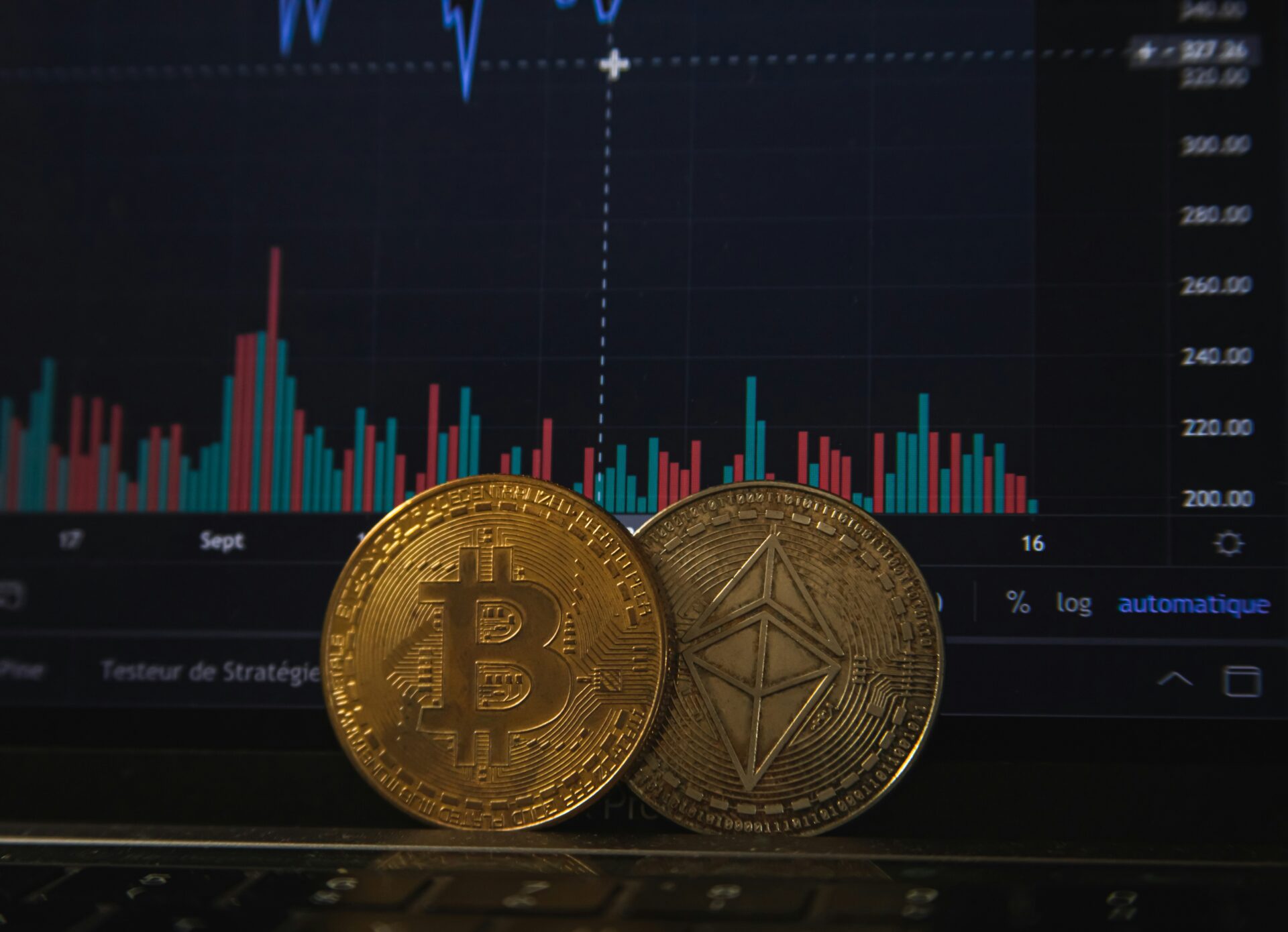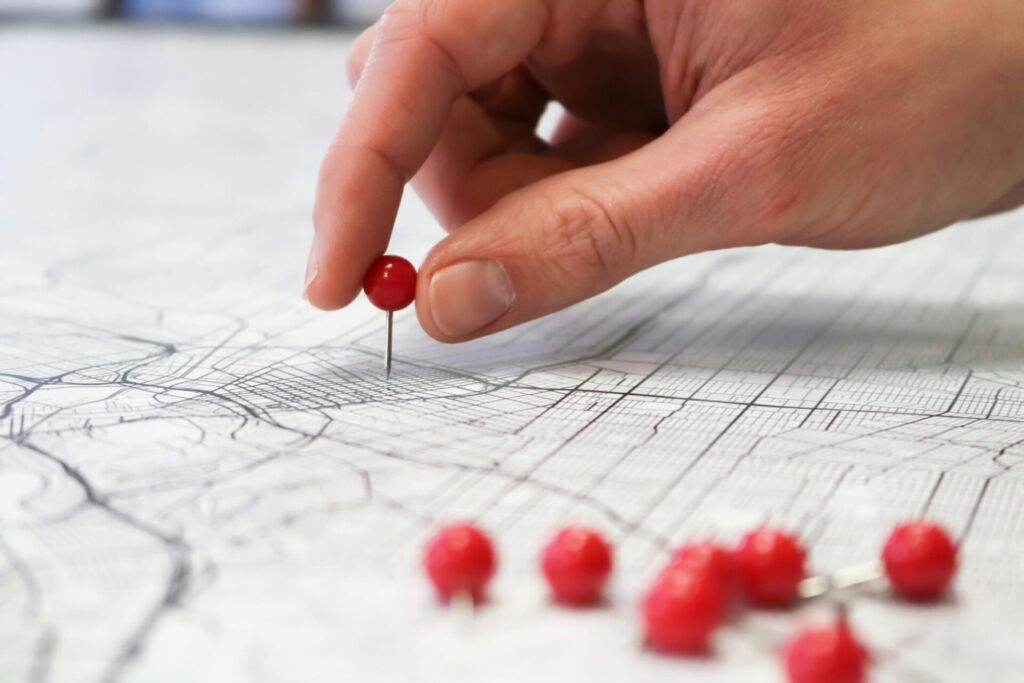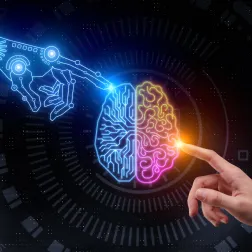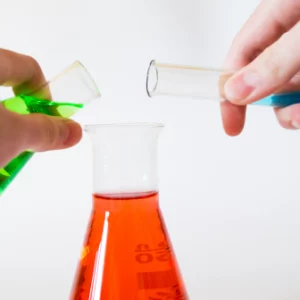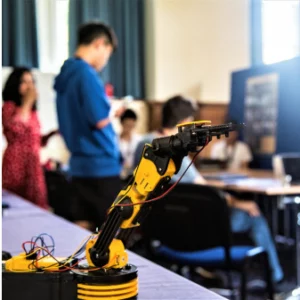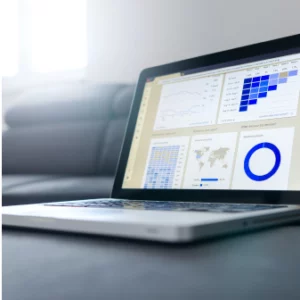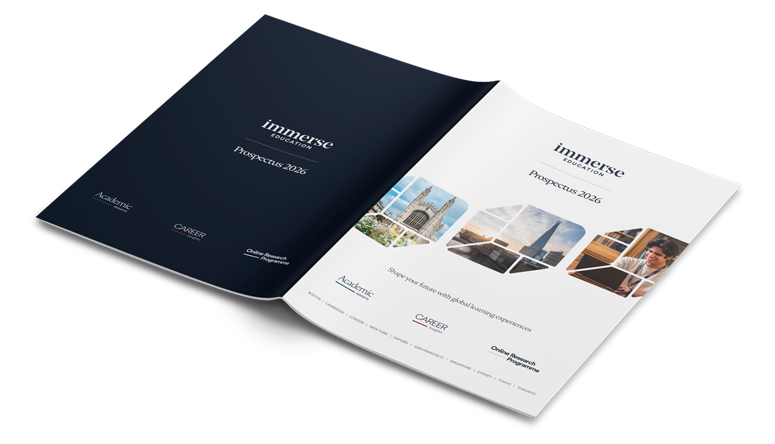The way we interact with resources is changing. Traditional “take, make, dispose” models are no longer sustainable, given the planet’s finite resources. This is where the concept of the circular economy comes into play. This comprehensive guide explores what the circular economy is, its significance, its benefits, and real-world applications.
What is the Circular Economy?
The circular economy is an economic model that focuses on minimizing waste, reusing materials, and creating sustainable systems that promote long-term environmental and economic health. Unlike a linear economy that extracts resources, uses them, and discards the waste, the circular economy is more like a loop where materials are kept in use for as long as possible.
A Brief History
The roots of the circular economy concept took form during the 1960s and 1970s, as society began addressing growing environmental concerns and challenges related to resource depletion. This period witnessed significant shifts in how people viewed resource consumption, waste production, and their effects on the planet. The oil crises of the 1970s, coupled with an increasing awareness of pollution and ecological fragility, drove a broader realisation that the linear take-make-dispose economic model was unsustainable in the long term.
Over time, these early ideas coalesced into a more structured framework. Pioneering thinkers like Kenneth Boulding introduced concepts of a “closed system,” urging society to emulate nature where waste from one process becomes input for another. These academic ideals gradually gained traction, laying the groundwork for what would later emerge as the circular economy.
Advocacy and innovation in the 21st century cemented the concept further. The Ellen MacArthur Foundation, established in 2010, expanded upon these ideals with modern strategies, promoting a global understanding of how economies could operate within planetary boundaries. Their work emphasised three foundational principles for achieving a circular system:
- Design out waste and pollution – Products and systems should be designed from the outset with sustainability in mind, eliminating unnecessary waste creation.
- Keep products and materials in use – Products need extended life cycles through reuse, repair, refurbishment, and recycling so materials remain functional for as long as possible.
- Regenerate natural systems – Resource use should enhance, not degrade, the environment, supporting biodiversity and ecosystem services.
Examples of the Circular Economy
The circular economy has found its way into several sectors, illustrating how businesses and communities can transition to more sustainable practices. Below are expanded examples in the fields of electronics, fashion, and food waste management, which highlight the versatility and promise of implementing circular principles.
Electronics
Within the electronics industry, the circular economy shines as a beacon of possibility. Companies such as Apple have pioneered trade-in and refurbishment initiatives that breathe new life into old devices. When customers return their used smartphones or laptops, Apple assesses, refurbishes, and resells functional units. For devices that cannot be refurbished, precious materials like aluminum, copper, and rare earth metals are recovered and reintroduced into the production stream.
These programs significantly reduce the demand for virgin materials, thus lessening the environmental impact tied to mining and manufacturing. Additionally, modular designs in some devices make them easier to repair or upgrade, giving users more ownership over extending their product’s lifespan. Other companies are following suit, creating industry standards for a more sustainable approach to modern technology.
Fashion
The environmental toll of fast fashion is staggering, with textile production accounting for a significant portion of global carbon emissions and landfill waste. Incorporating circular economy principles into fashion has therefore emerged as a critical response. Innovators like Rent the Runway and other fashion rental platforms enable customers to borrow clothing instead of buying items outright. This approach cuts down on overproduction while ensuring apparel remains in circulation for longer.
Similarly, resale platforms like ThredUp and Depop have fostered a thriving secondhand market, giving garments a second life and reducing the volume of textile waste.. These initiatives collectively reduce the need for new materials while offering consumers sustainable fashion alternatives.
Food Waste Management
Food waste, comprising a significant global environmental issue, also finds a sustainable answer in circular systems. Across the globe, organizations like Too Good To Go and local composting services are addressing the problem head-on. For example, surplus food from restaurants, bakeries, or supermarkets is diverted from being discarded and instead redistributed to people in need or sold at reduced prices.
Additionally, food scraps that would typically end up in landfills are being converted into valuable resources like compost or biogas. Compost provides nutrient-rich soil amendments for agriculture, closing the loop between food consumption and production. Meanwhile, anaerobic digestion technology transforms organic waste into renewable energy, supporting sustainable energy use.
Broader Impacts
Taken together, these industry initiatives illustrate the diverse applications of the circular economy. By focusing on durability, redistribution, recovery, and renewal, these examples demonstrate a fundamental shift—from a disposable culture to one where innovation enables sustainable practices. Such approaches don’t just limit waste but also redefine how resources contribute to economic growth and community wellbeing.
Join the Immerse Education 2025 Essay Competition
Follow the instructions to write and submit your best essay for a chance to be awarded a 100% scholarship.
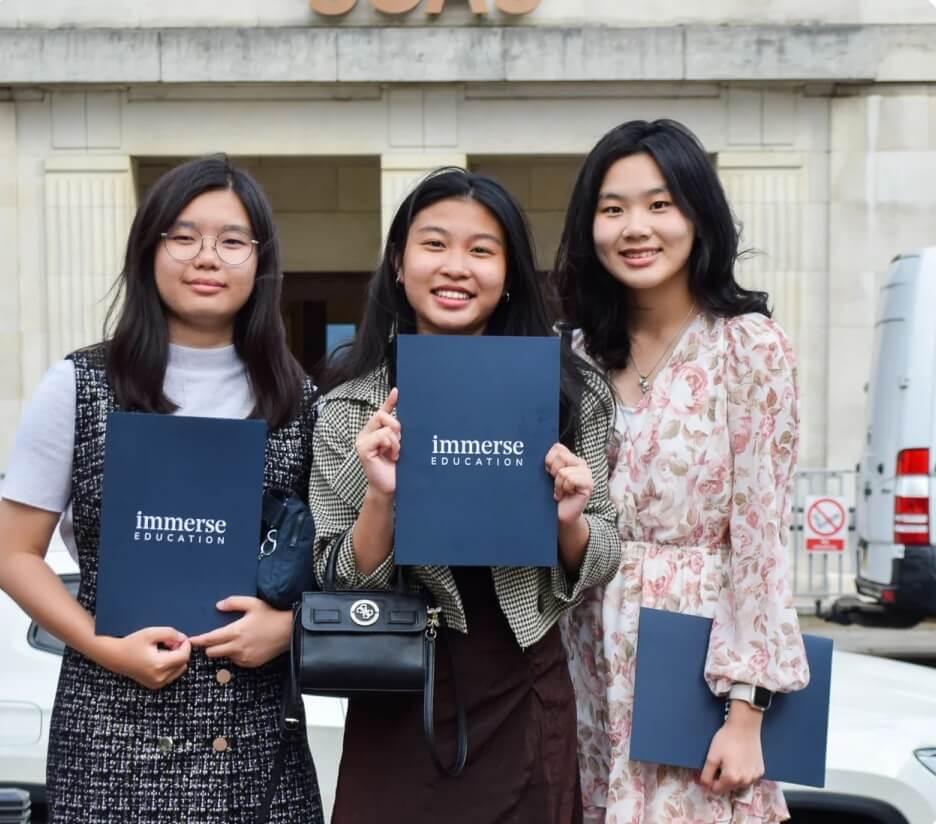
The Advantages of the Circular Economy
Transitioning to a circular economy presents significant benefits, spanning environmental, economic, and social dimensions.
Environmental Benefits
One of the primary advantages of the circular economy is its ability to reduce waste and pollution. For instance:
- Recycling materials reduces the need to extract new resources.
- Reuse systems eliminate single-use plastics and other disposable items.
- Closing the loop prevents harmful chemicals or materials from leaching into the environment.
Economic Benefits
Adopting a circular economy approach can also drive economic growth. Here’s how:
- Cost Savings: By reusing and recycling materials, businesses save money on raw materials.
- Job Creation: Repair, remanufacturing, and recycling industries create new employment opportunities.
- Reduced Resource Dependency: Minimising use of virgin resources shields economies from volatile commodity prices.
For example, studies show that the recycling industry generates millions of jobs worldwide, from collectors to processors.
Circular Economy Approach to Sustainability
The circular economy’s systematic approach ensures a balance between economic development and sustainability. Businesses adopting this model not only operate more responsibly but also align themselves with growing consumer demand for ethical and eco-friendly practices. This dual advantage fosters loyal customer bases and long-term profitability.
The Importance of the Circular Economy
Why is it Important to Recycle?
Recycling plays a pivotal role in the broader framework of the circular economy. When materials are recycled efficiently, they’re given a second life, reducing demand for virgin resources and cutting down energy use. Case in point, recycling aluminum uses 95% less energy compared to producing new aluminum from bauxite ore.
Addressing Resource Scarcity
The world’s population is expected to reach 9.8 billion by 2050, increasing the strain on natural resources. Circular systems ensure equitable resource distribution by promoting practices like sharing, leasing, and extending lifespans of products.
Climate Change Mitigation
The circular economy is not just about resources; it’s about the planet. It offers vital tools to combat climate change by lowering carbon emissions. A shift away from polluting, linear models to sustainable practices is essential for meeting global climate targets.
Circular Economy Case Studies
The application of circular economy principles goes beyond theory. Here are real-world examples demonstrating its impact.
Circular Flow Model Example
A great way to understand how the circular economy works is through the circular flow model. Take Philips Lighting, for example. Instead of selling lightbulbs outright, the company offers “light as a service,” where customers pay for light usage rather than the product itself. Philips maintains ownership of the light fixtures, taking responsibility for repairs, recycling, or upgrades. This design keeps products and materials in circulation for longer periods.
Example of Large-Scale Implementation
The European Union (EU) has adopted aggressive circular economy action plans to combat waste and improve resource efficiency. EU member states are striving to design waste policies that reduce landfill usage while encouraging recycling and reuse.
Small Business Innovations
On a smaller scale, businesses like Patagonia have embraced circular practices. The company repairs worn-out apparel and resells second-hand items, encouraging customers to buy less and reuse more.
A Short Conclusion
The shift toward a circular economy isn’t just a trend; it’s a necessity for our planet’s health and our future prosperity. By redefining how we produce, consume, and dispose of goods, the circular economy offers a sustainable path forward. From reducing waste and conserving resources to generating economic opportunities, it benefits everyone.
Adopting this model requires collective effort—from governments implementing policies to businesses innovating eco-friendly solutions and individuals making more conscious choices. Together, we can create a world where progress doesn’t come at the expense of the environment.
To learn more about this subject and how you can implement it in your community, we suggest attending Immerse’s Economics Online Courses or Summer School. And there’s also the Economics Online Research Programme for a chance to complete a university-level research project.

